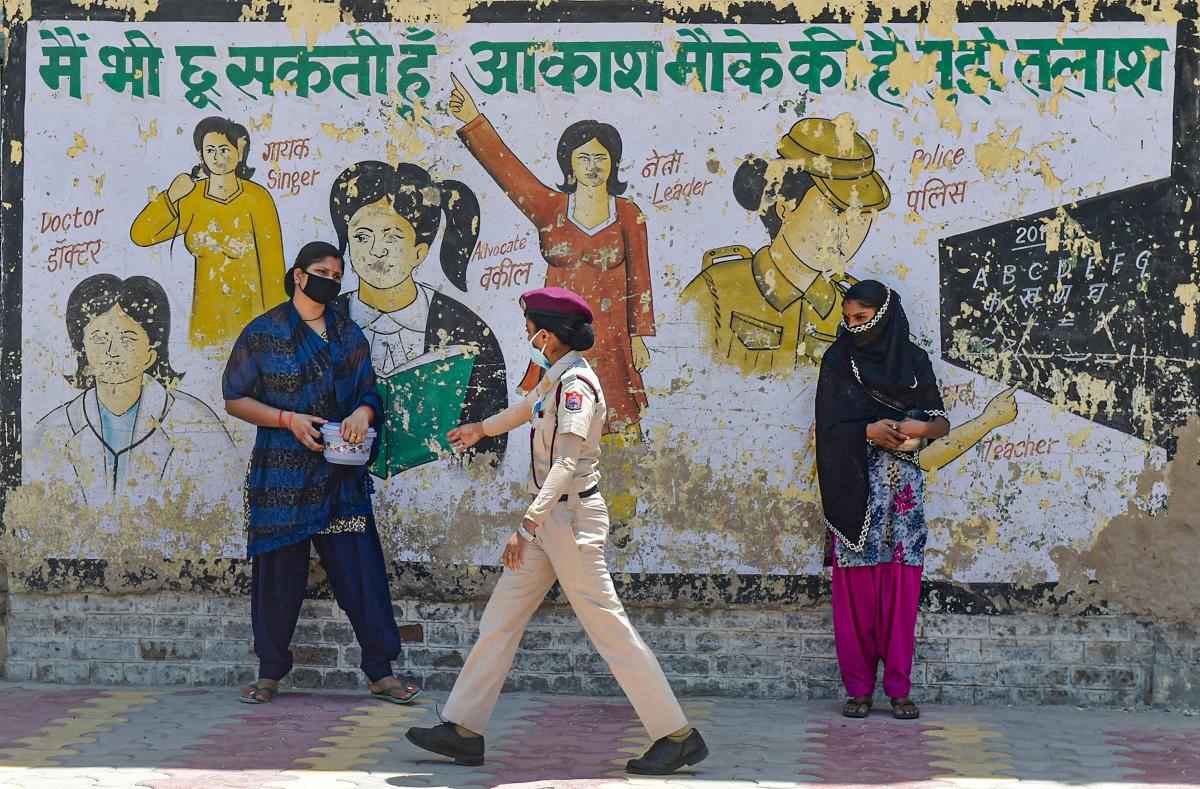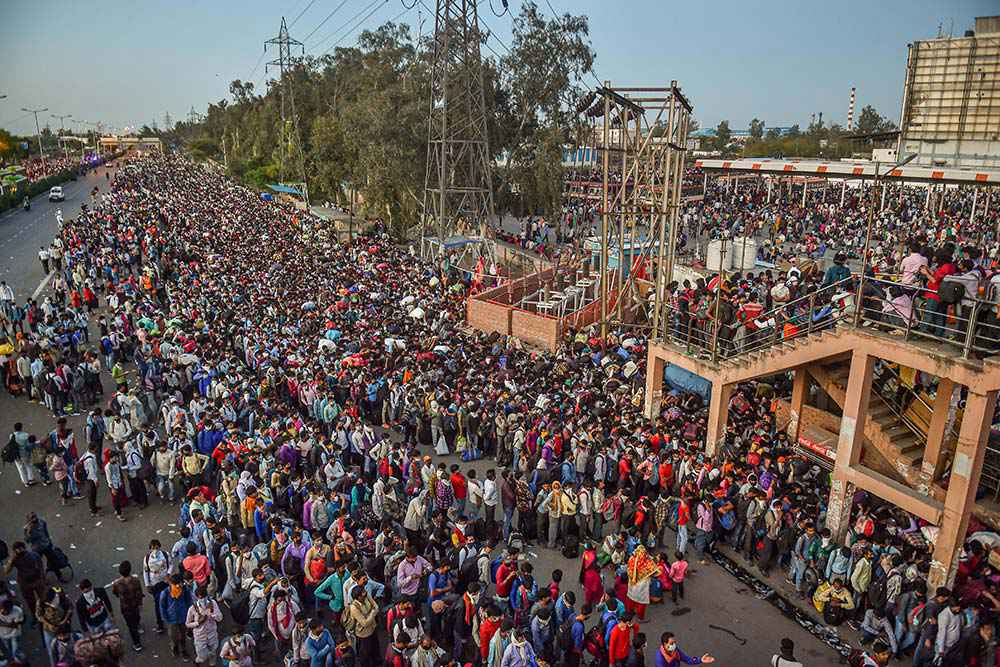Prosperity is a great teacher, adversity even greater. And adversity in times of the lockdown has brought out the best in Subrata Pati who, unlike most other professionals, isn’t working from home.
A history teacher, he works from a nest perched on a neem tree, giving lessons to his students on events of seminal importance that shaped civilizations and obliterated them, conquests by kings and generals, and horrors of war and pestilence, as the epoch-making coronavirus disease savages the world.
Taking classes online is a battle Pati, who teaches at two educational institutes in Kolkata, is fighting from his native Ahanda village in West Bengal’s Bankura district, where his cell phone screen blipped to life one moment and lay dead frozen the next.
Exasperated, just as he was about to give up, he was struck by the thought of climbing a tree to see if getting a few yards closer to sky made any difference.
And it did.
35-year-old teacher sets up the DIY (do-it-yourself) marvel
Now, every morning, the 35-year-old man climbs up the neem tree next to his house and parks himself on a makeshift wooden platform tied to its branches and receives uninterrupted signals on his cell phone he uses too teach his pupils.
Having set up the DIY (do-it-yourself) marvel with some help from his friends, the history teacher at Adamas University and RICE Education in the city doesn’t find the chore tiring.
“I have temporarily shifted from my Kolkata residence to Ahanda, which is a part of the state’s Jangalmalal area, to be with my family in the midst of the COVID-19 crisis. That done, I couldn’t have shrugged off my responsibility as a teacher.”
“The Internet network here is mostly patchy, so I had to look for a solution,” he said.
Two to three classes are conducted at a stretch:
Pati takes food and water with him to the tree-top platform, made of bamboo, gunny sacks and hay, on days when he has to conduct two to three classes at a stretch.
“Sometimes the heat and the urge to pee bother me, but I am trying to adjust… sometimes storms and thunder shower damage the platform, but I try and fix it the next day. Under no circumstances I would want my students to be inconvenienced,” he told PTI.
The attendance is usually high for his classes, said Pati with a broad smile.
Here’s what students have promised in return to the efforts of teacher:
“The students keep boosting my confidence. They have always been very supportive. They assured me that they would put in their best efforts to score well in my paper,” he said.
Buddhadeb Maity, one of his students at RICE Education, said Pati was an inspiration for him.
“What he does for his students is exemplary. I never miss his classes, nor do my friends. In fact, he takes timeout to answer our queries too. Attendance for his classes is usually 90 per cent,” he said.
Idea of setting up the bamboo structure:
Asked how he chanced upon the idea of setting up the bamboo structure, Pati explained that villagers often build ‘machan’ (makeshift watchtower) on tree-tops during the harvest season to keep an eye on elephants straying into their fields.
“It is a common practice here. I sought help from some of my friends and together we set up the bamboo platform for my classes,” he said.
Samit Ray, the chancellor of Adamas University, said the institute was proud of Mr Pati. He has been very sincere about his work from the start. He is shining example of how to surmount obstacles with hard work and willpower, he added.

